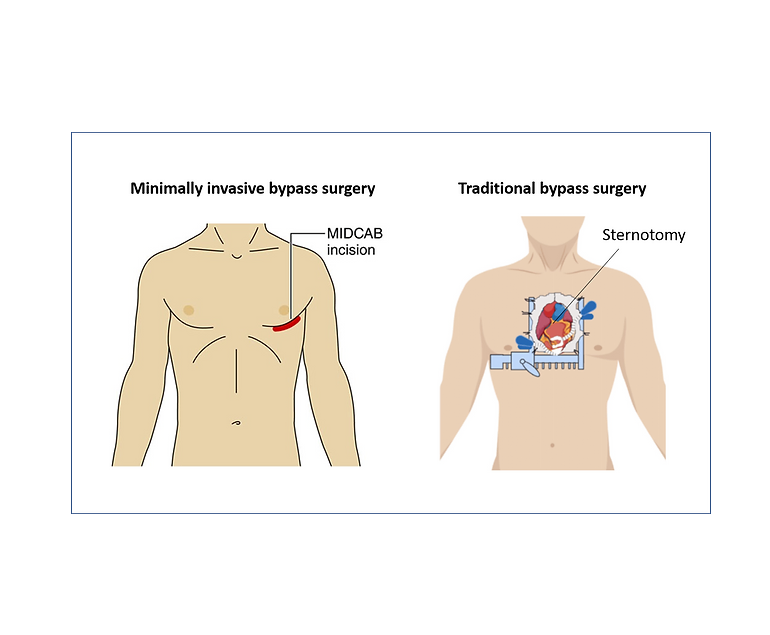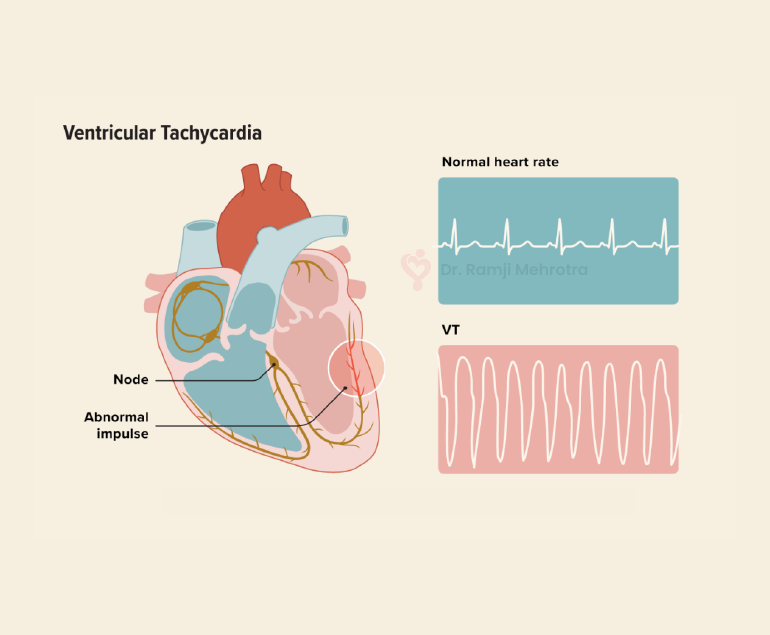Maintaining heart health during the winter is important, as colder temperatures can affect the cardiovascular system. Here are some precautions to help promote heart health during the winter:
Stay Active:
Exercise regularly, even during the winter. Consider outdoor activities like walking, swimming. If you exercise outdoors, dress in layers to stay warm, and be cautious of icy conditions.
Keep Warm:
Dress in layers to stay warm, especially if you’re going outside. Cold temperatures can cause blood vessels to constrict, raising blood pressure. Wearing warm clothing helps to maintain body heat and prevent this. Avoid sudden change of temperature.
Stay Hydrated:
It’s easy to forget to drink enough water during the colder months, but staying hydrated is crucial for heart health. Dry winter air can also contribute to dehydration.
Maintain a Healthy Diet:
Eat a balanced and heart-healthy diet. Include plenty of fruits, vegetables, whole grains, and lean proteins. Limit the intake of saturated and fats, sodium, and added sugars.
Manage Stress:
Practice stress-reduction techniques, as stress can impact heart health. Consider activities like meditation, deep breathing exercises, or yoga to manage stress levels.
Stay Warm Indoors:
Cold indoor temperatures can also affect your cardiovascular system. Keep your home at a comfortable temperature, and use blankets if needed. Avoid prolonged exposure to cold indoor environments.
Take precautions when shoveling snow.
If you need to shovel snow, take breaks and lift small amounts at a time to avoid putting too much strain on your heart. If you have cardiovascular issues, consult your doctor before shoveling snow.
Keep up with medications:
If you’re on medications for heart-related conditions, continue taking them as prescribed. If you have concerns or experience any side effects, consult your healthcare provider.
Stay Informed:
Be aware of weather conditions, especially extreme cold or winter storms. Plan accordingly and avoid unnecessary exposure to severe/extreme weather conditions.
Get Vaccinated:
Influenza (flu) and other respiratory infections are more common during the winter. Consider getting vaccinated to reduce the risk of these illnesses, which can put extra stress on the heart.
Regular Check-ups:
Schedule regular check-ups with your healthcare provider. This is especially important if you have pre-existing cardiovascular conditions. Regular monitoring can help catch potential issues early.
Always consult with your healthcare provider before making significant changes to your lifestyle or if you have specific concerns about your heart health, especially during the winter months. They can provide personalized advice based on your individual health status.( Personalized advice can be given according to your specific health status.)
Always consult with your healthcare provider before making significant changes to your lifestyle or if you have specific concerns about your heart health, especially during the winter months. They can provide personalized advice based on your individual health status.( Personalized advice can be given according to your specific health status.)
Schedule regular check-ups with your healthcare provider. This is especially important if you have pre-existing cardiovascular conditions. Regular monitoring can help catch potential issues early.










